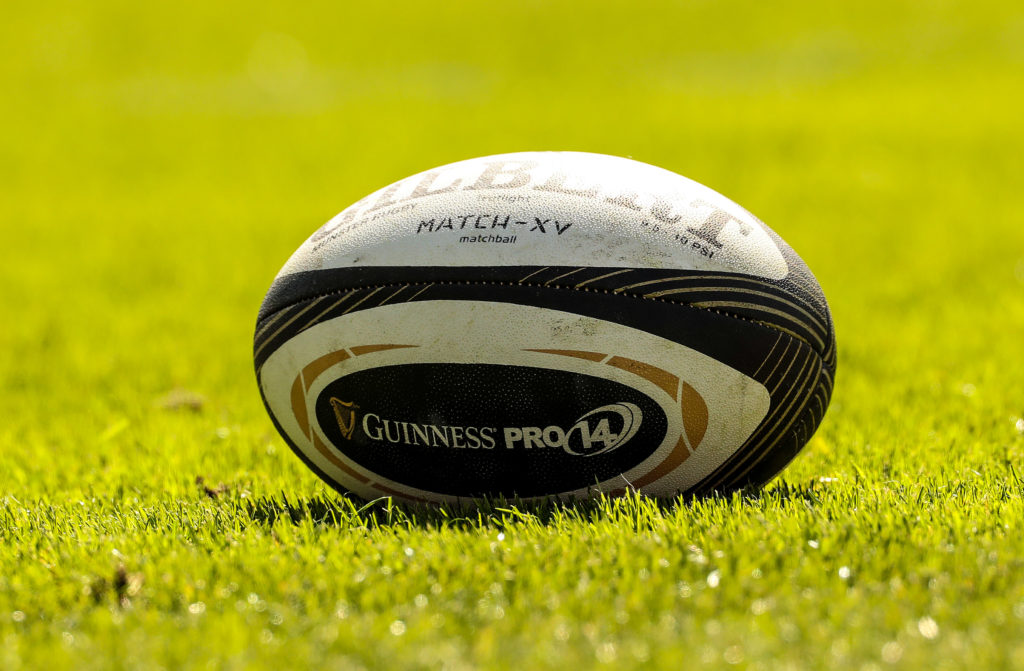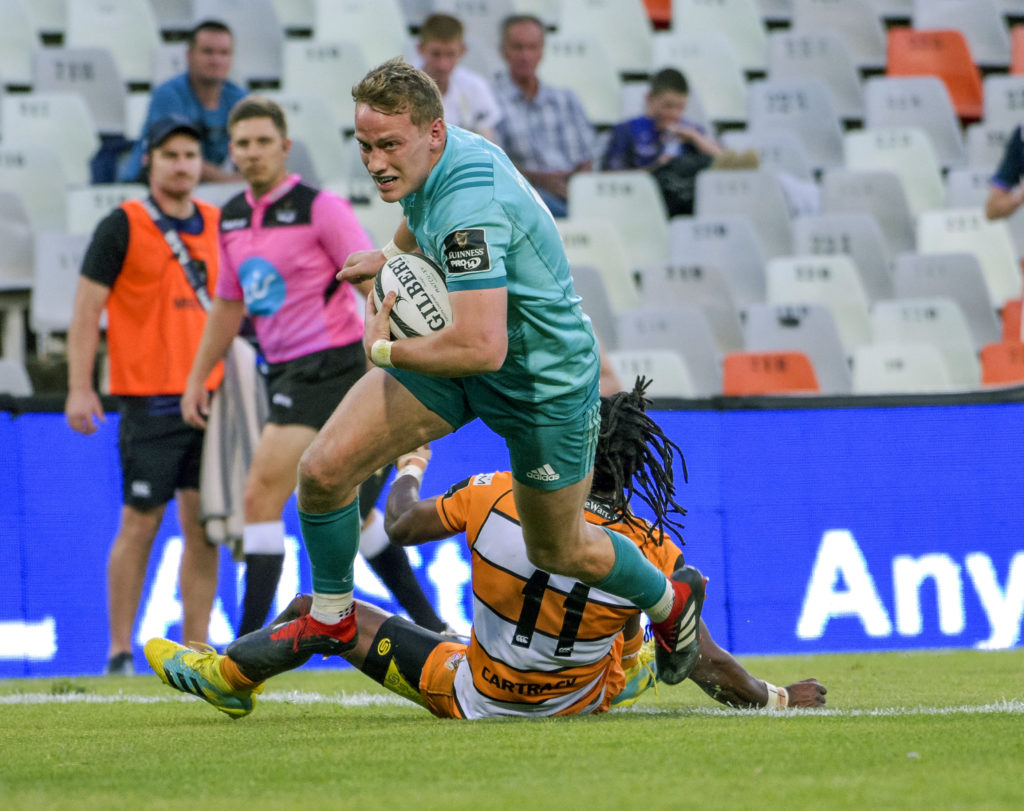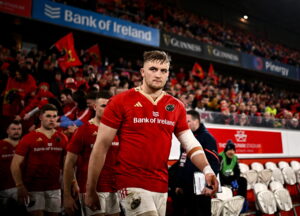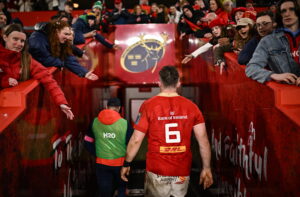Money talks, bullshit walks. When it comes to rugby union post-Coronavirus, I think that idiom will become money shouts through a megaphone, bullshit sprints away to the airport with papers flying out of its suitcase. It’s not as catchy, I’ll give you that.
The Coronavirus interrupted the world – you might have noticed that over the last few months – and it’s changed up how we live our lives. I think it’ll take a long time for society as a collective to process everything that we’ve experienced over the last few months. The forced isolation, the fear of the disease, the new case numbers every day, the deaths – look, there are a lot more things that have been damaged besides the rugby industry, but I’m only someway qualified to talk about the latter. One thing you can say without much in the way of any qualifications is that COVID19 wiped out the live events business and, with it, a huge part of rugby’s ability to generate income.
Munster’s CEO, Dr Ian Flanagan, has spoken about this at length recently and he isn’t alone. Every head honcho from Philip Brown to Mick Dawson has been quite open on the desperate challenges facing the game in the absence of regular gate income. Who knows how this will turn out down the road? The PRO14 is uniquely challenged in this regard because the league covers six different jurisdictions. The Republic of Ireland, Northern Ireland, Wales, Scotland, Italy and South Africa are all at slightly different stages of the disease and that is going to have a knock-on effect for a while when it comes to travelling teams and, ultimately, what the league looks like over the short term.

It all depends on government advice to find out how many – if any – fans will be allowed in through the turnstiles this year but that’s outside of the PRO14’s control.
What is in their control, is the format of the tournament going forward.
And as of late, that seems to be heavily linked with CVC’s recent investment and the big four provinces in South Africa replacing the Cheetahs and the Kings in the league. The story has legs for a few reasons, namely the rumoured demise of SANZAAR and Super Rugby as we currently know them.
The NZRU and ARU are currently playing hardball with each other over the format of a new league that would, in theory, feature the five New Zealand franchises, some Australian teams (the number of which is a bone of contention) and a Pacific Islands team. The ARU are prepared to run an Australian Big Bash Cricket style league with multiple clubs if they can’t come to terms with the NZRU but the one constant in these negotiations is that the South African sides are completely excluded from the discussions that have been made public. The SARU are members of the PRO14 board, so the speculation that the Sharks, Lions, Bulls and Stormers are about to make the jump north to replace the previously displaced Kings and Cheetahs comes from a pretty easy place to understand.

Personally, I think it’s only a matter of time before the big South African franchises arrive in the PRO14 to make it a beefed up PRO18. It makes too much sense not to happen. The Cheetahs and Kings have already shown how it will work in practicality and the addition of four big South African sides would allow the league to operate with two 8 team conferences.
That would mean fewer games – a long term aim for player welfare – and would fit in with a possible shift in the global calendar to ensure that test windows and league play are separated. You’d also guarantee nine home ties for every side if you had a home and away InterPro series across both conferences and then played home and away against your in-conference rivals. That would mean 18 regular-season games with the choice of an eight-team knockout series featuring the top four from each conference or sticking with the current format top-three format. A lot will depend on whether the South African sides will get access to the Champions Cup when it comes to the possible play-off structure but I think the big money option for the tournament is to give them full access to Europe through a beefed-up PRO14.

Pitfalls
Whenever you speak about expanding the PRO14, the cautionary tale of Super Rugby’s failed expansion is a constant refrain but it wasn’t the extra teams that killed that tournament, in my opinion, it was the time zones. A lot has been made of the “confusing” structure of Super Rugby as it was a few seasons ago but that wasn’t the reason why it failed. Whatever about the structures of the league – it wasn’t as confusing as it was made out to be – the biggest issue was that the league disappeared for half the audience whenever the games moved abroad.

Super Rugby was played out across 19 different time zones.
Whenever the New Zealand teams travelled to South Africa, their games moved to Stupid O’Clock New Zealand time where all but the most avid rugby fan is going to find it difficult to regularly keep up with the games. I think Super 12 was successful initially because of the novelty factor but in the days of social media feeds and instant match results were always going to make that success difficult to maintain into the 2010s.
The problem wasn’t adding extra teams like the Sunwolves and Jaguares – it was that they were adding teams in wildly different parts of the globe. The Sunwolves played in Tokyo and Singapore. The Jaguares played their home games across the Pacific Ocean in Buenos Aires, nine hours behind New Zealand Standard Time. If the South African sides played the Sunwolves in Singapore, they’d travel 9000 kilometres and six timezones to get there.
Basically, this meant that there wasn’t a consistent primetime slot for any of the Super Rugby sides unless they were playing in-country or against a rival in a similar timezone. The travel wasn’t the issue – with good scheduling, you can make it work – the problem was that when you traveled, it became difficult for your home fans (everyone from casuals, to channel flickers, to avid watchers) to watch your game live. You could record the game, yes, but live sport doesn’t lend itself too well to full rewatches on DVR.
That made the league difficult to market to fans and a tough ask when it comes to TV rights and advertisers.
If the big South African sides joined the PRO14, they would certainly have to travel a fair bit – it’s a 14-hour flight from Jo’burg to Dublin, for example – but, crucially, it’s only two hours behind South Africa.
That means that Munster vs the Bulls and Leinster vs the Sharks could be scheduled for a prime time slot in both countries.

If that was in a PRO16 that was scheduled to be mostly played outside of test windows, that could lead to some big money matchups featuring top international talent in a slot that works for fans of both teams – both in-stadium and on TV. Tell me that a Stormers side with Pieter Steph Du Toit, Siya Kolisi, Bongi Mbonambi and Herschel Jantjies wouldn’t draw a full house in Thomond Park. Tell me that a fully loaded, Jake White coached Bulls side with Arno Botha, Duane Vermeulen, Nizaam Carr, Morné Steyn and Warrick Gelant wouldn’t draw a capacity crowd to the RDS, or the Kingspan. You can’t. I think that, if it happens, the Big Four of South Africa would be a massive boost to the profile and quality of the PRO14 and benefit everyone involved in a post-COVID world.
The old world is gone, it’s time to embrace what the new world can bring.









